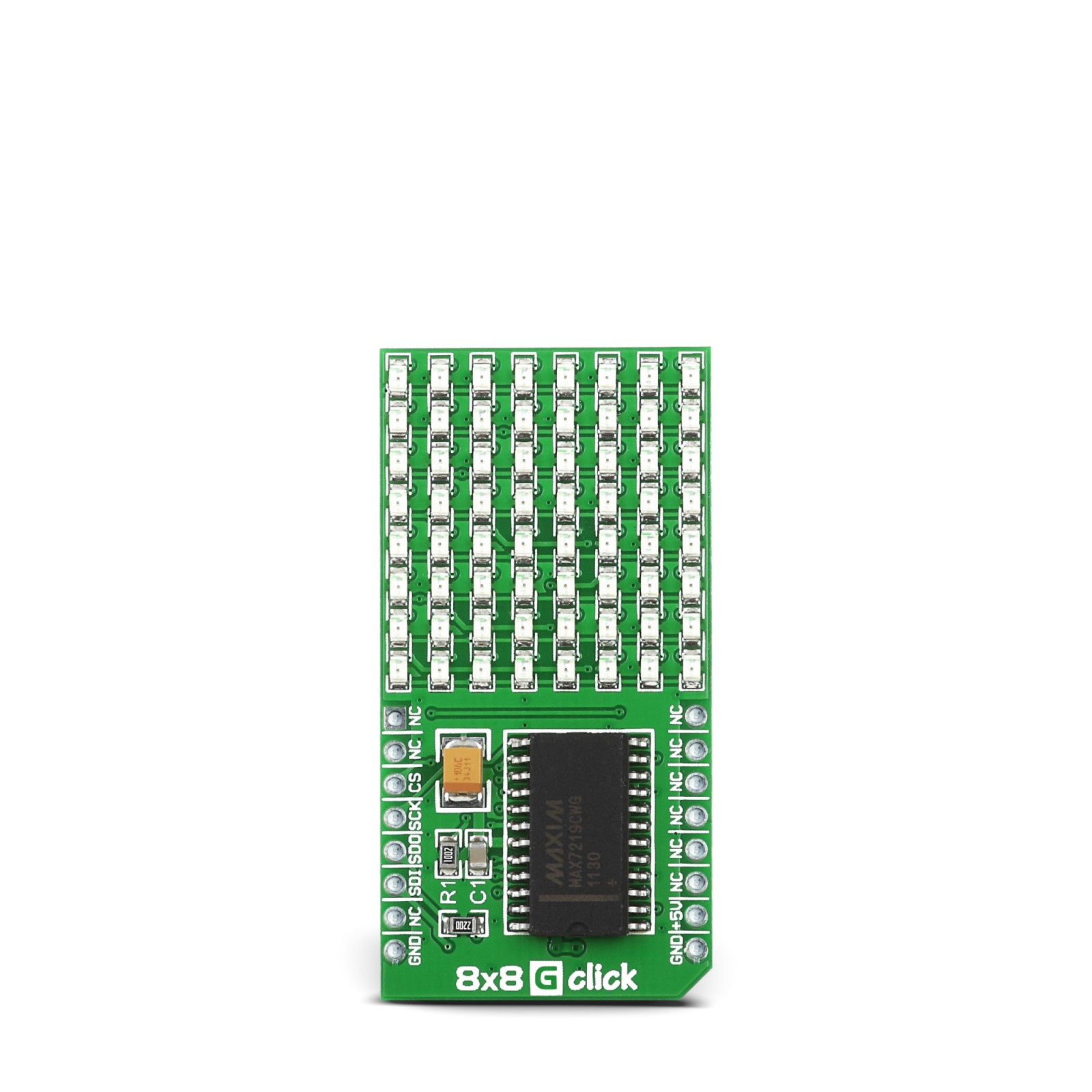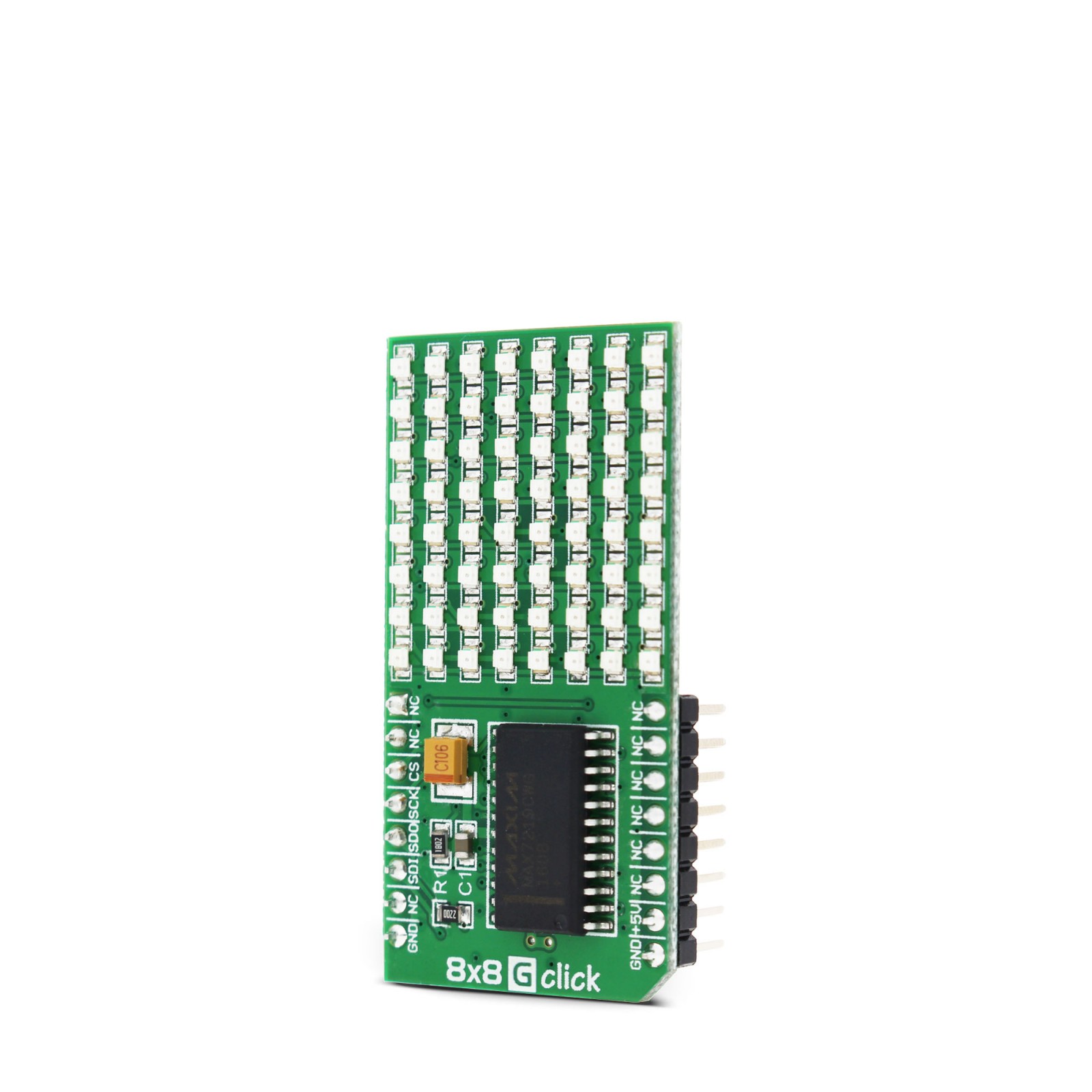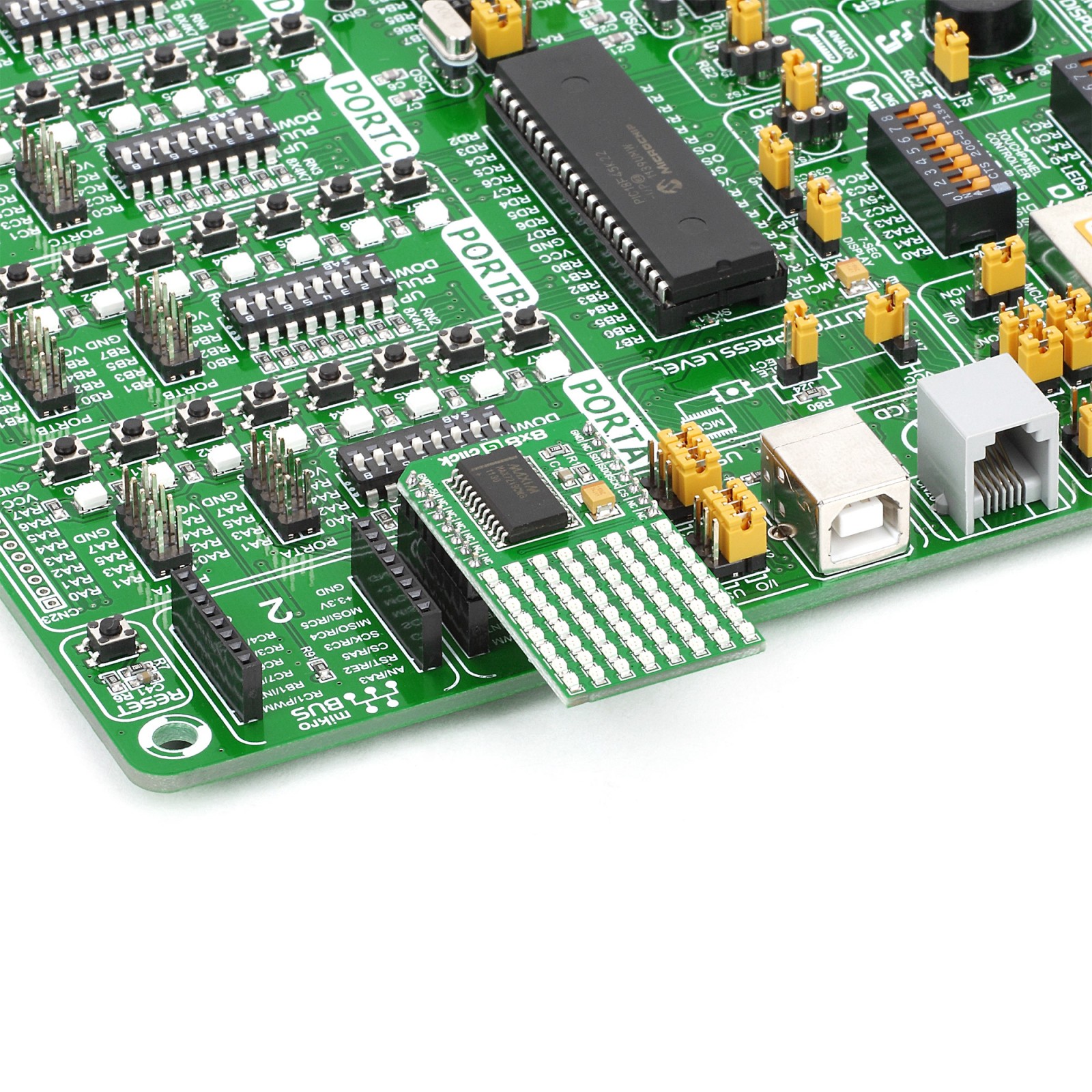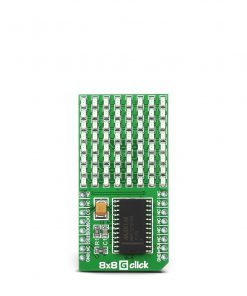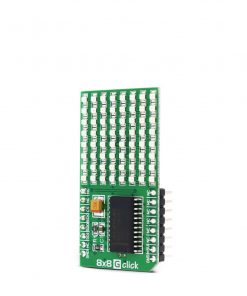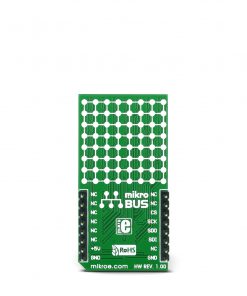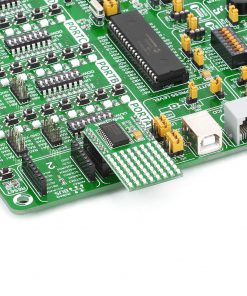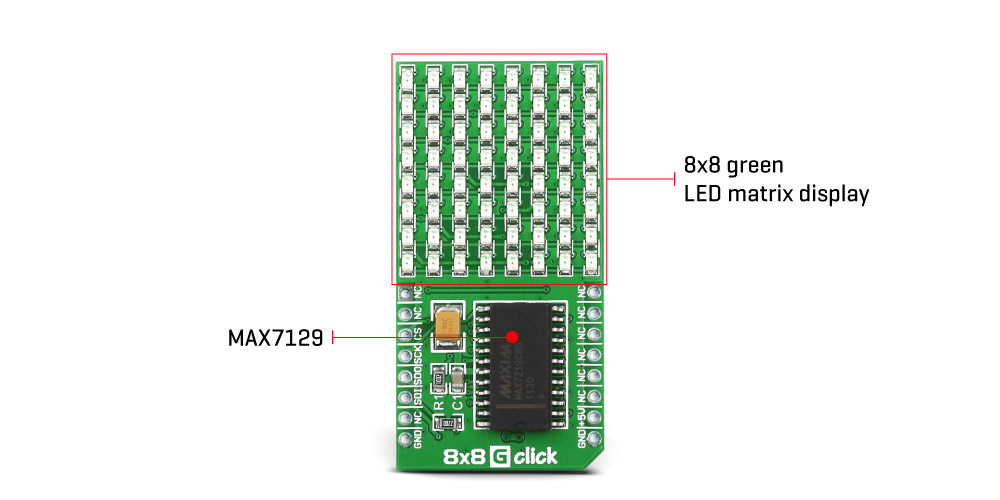-
×
 GSM-GPS Click
1 × R1,300.00
GSM-GPS Click
1 × R1,300.00 -
×
 Accel Click
1 × R350.00
Accel Click
1 × R350.00 -
×
 Proximity Click
1 × R220.00
Proximity Click
1 × R220.00 -
×
 RTC 2 Click
1 × R460.00
RTC 2 Click
1 × R460.00
Subtotal: R2,330.00

